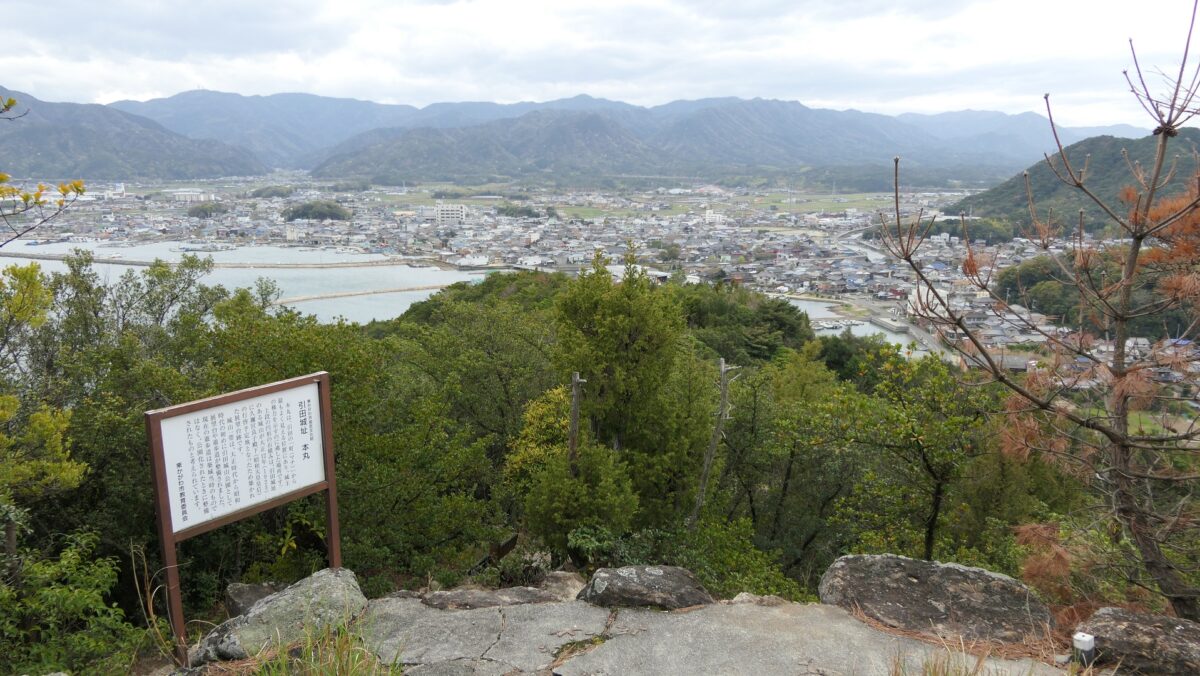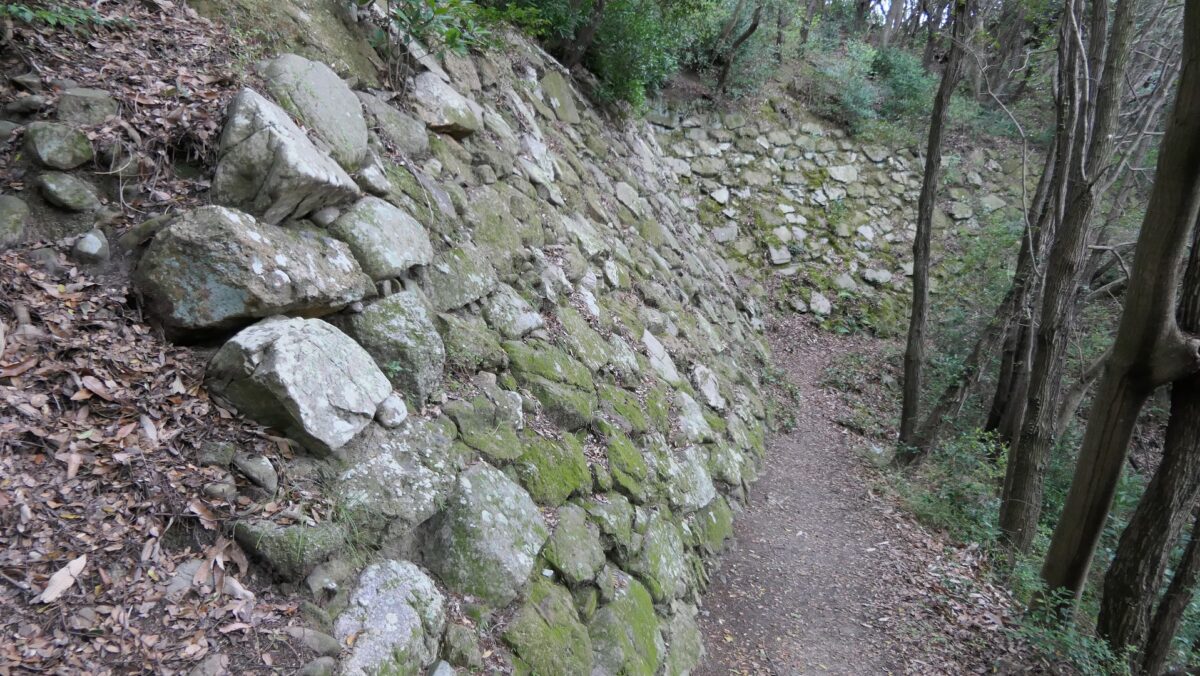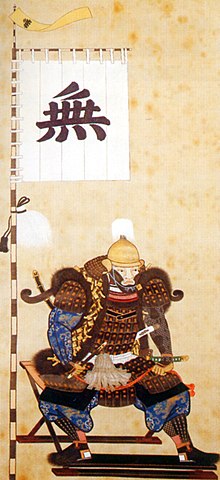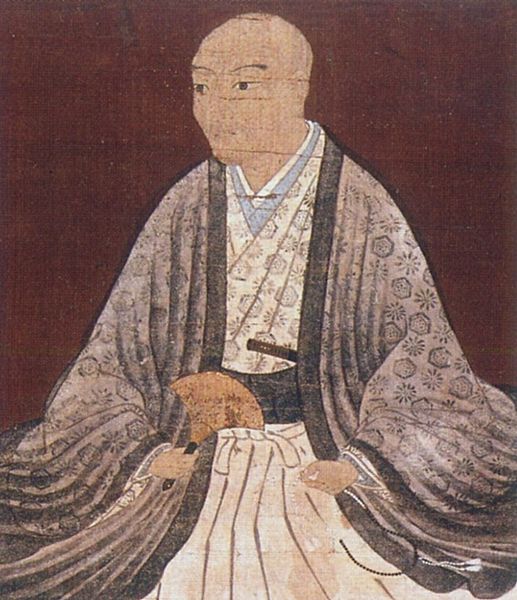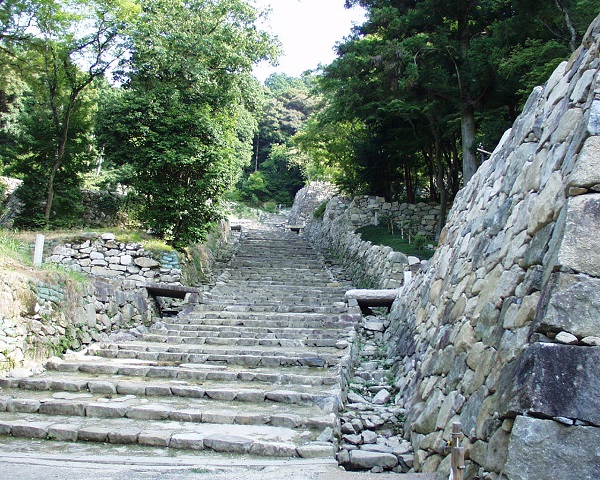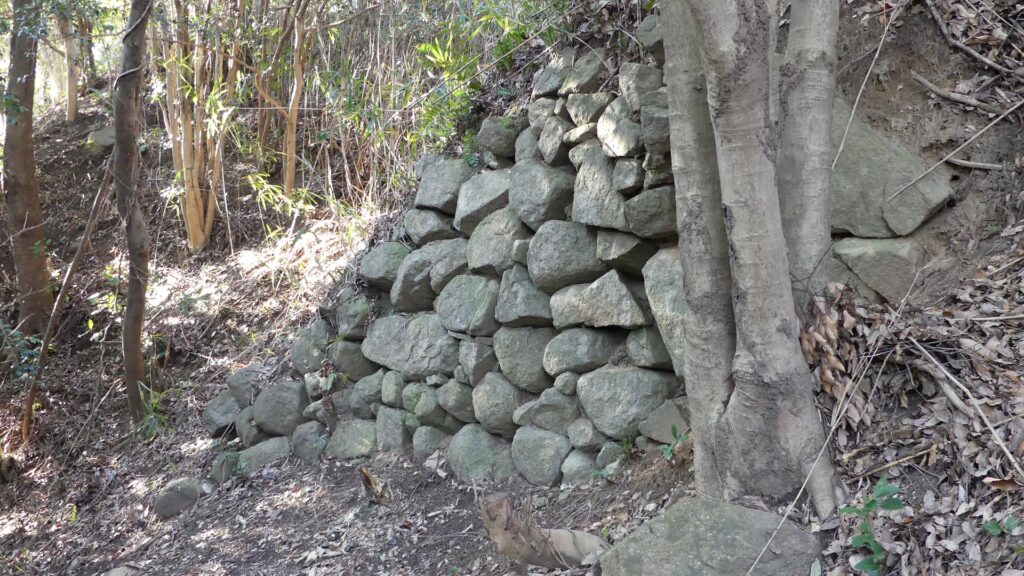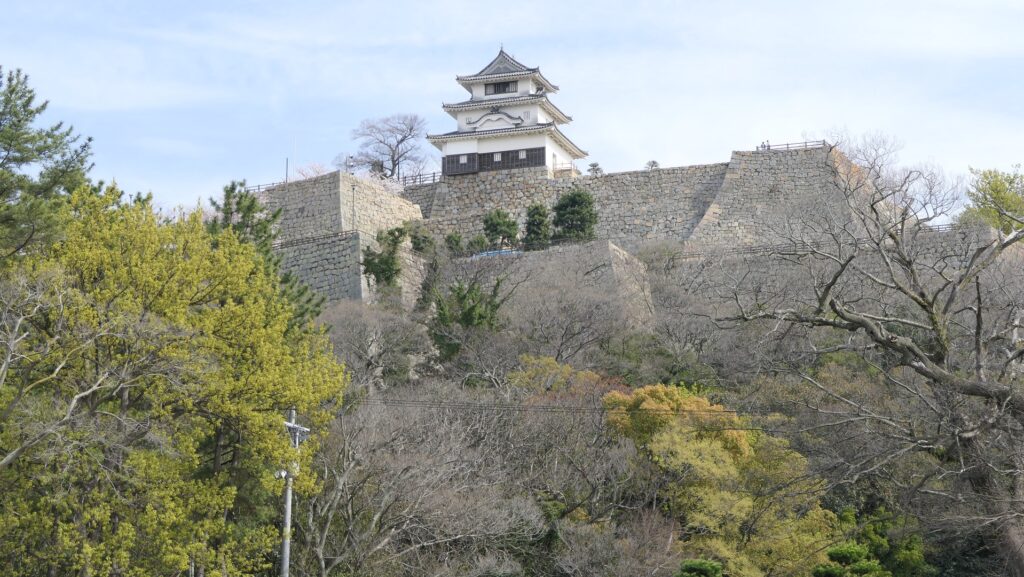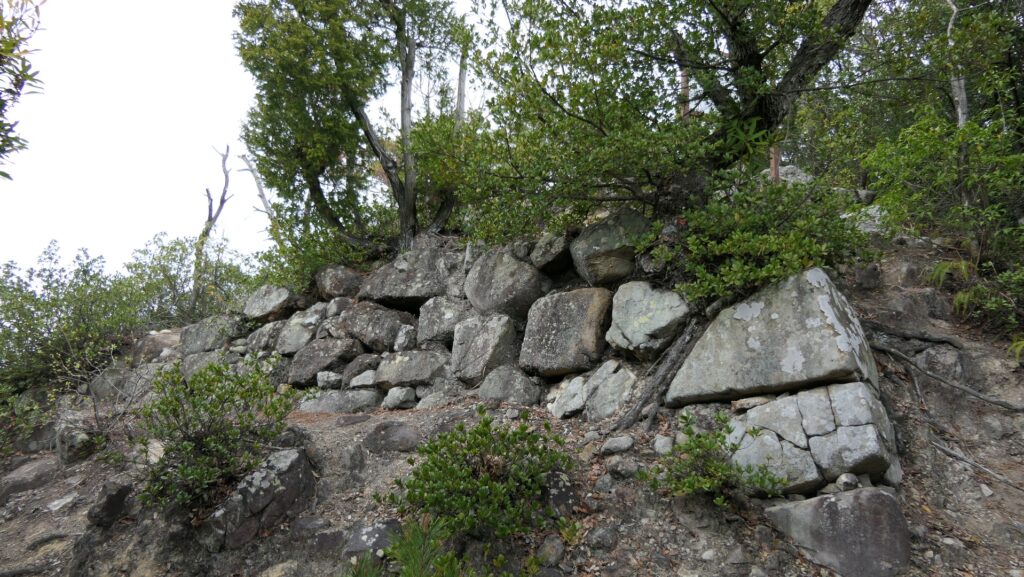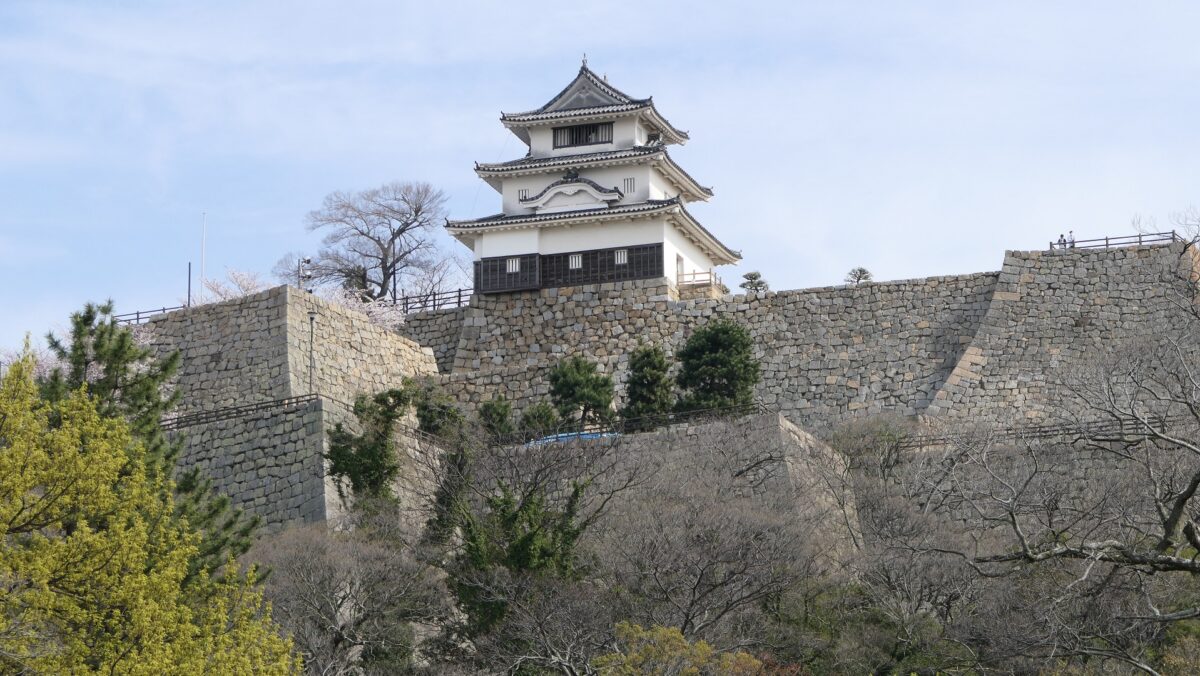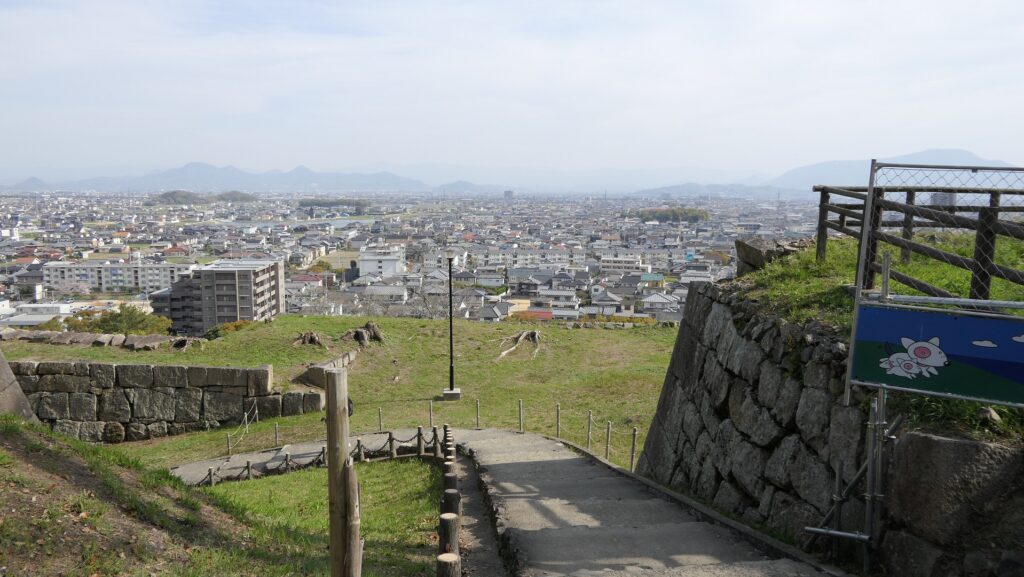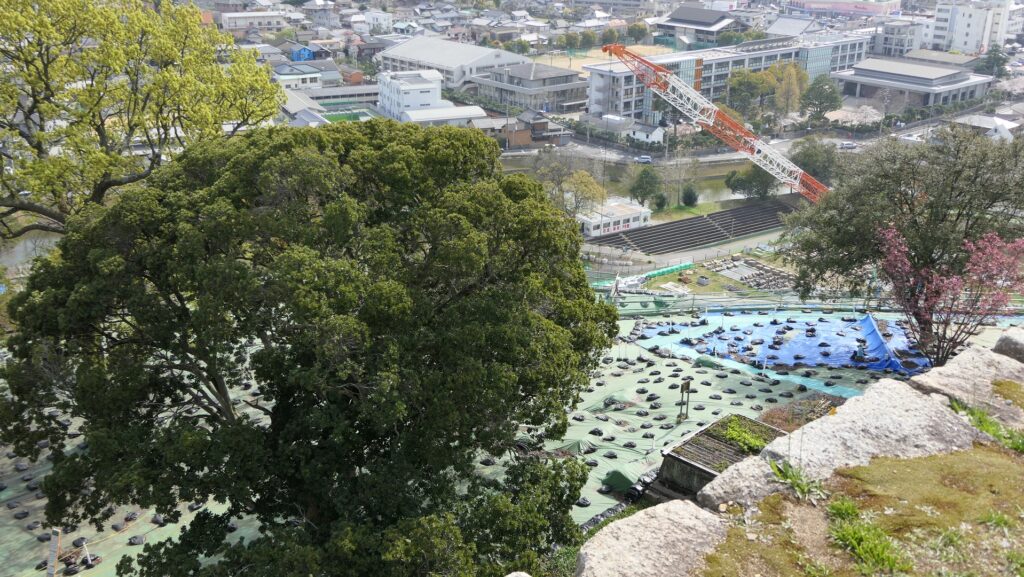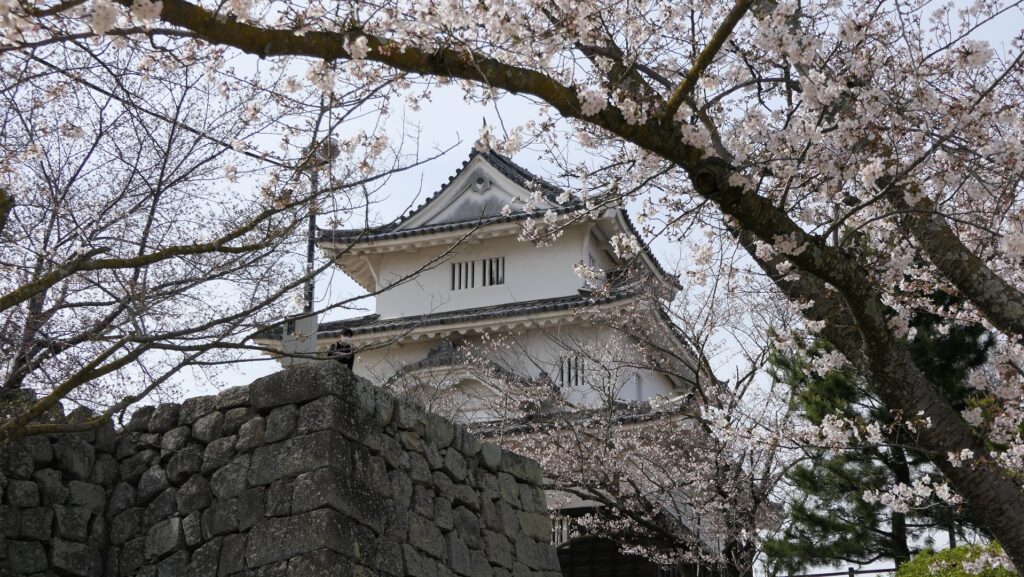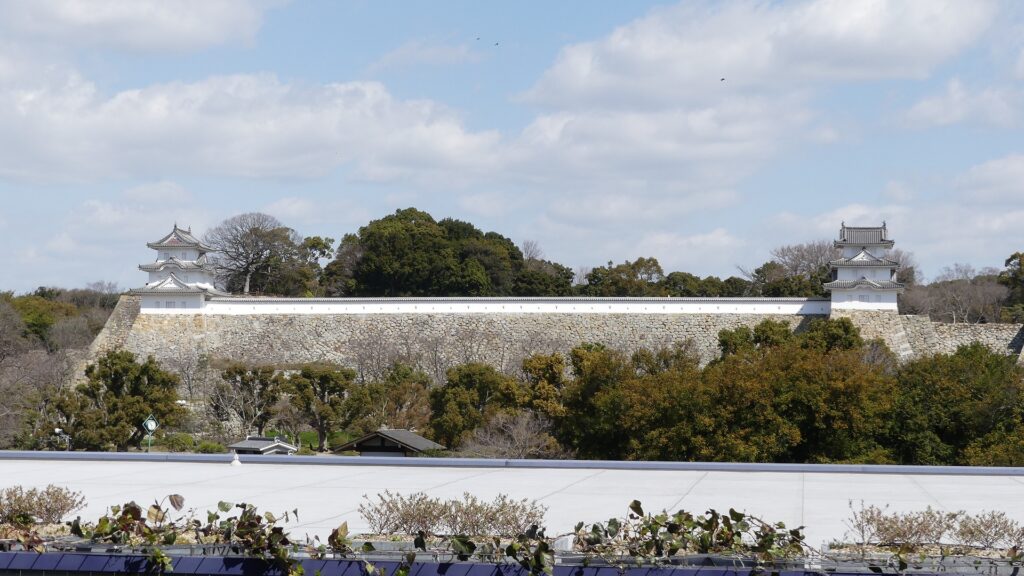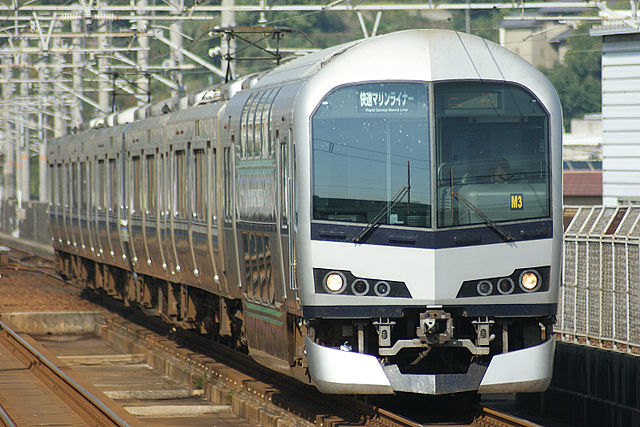Features
Becoming hiking trail now
Now, the ruins of Hiketa Castle has also become a hiking trail. There are two trails to the top of the mountain called the Tanoura Campsite side route and the Hiketa Port side route. If you drive to the castle ruins, it’s better for you to park beside the Tanoura Campsite side route.
The map around the castle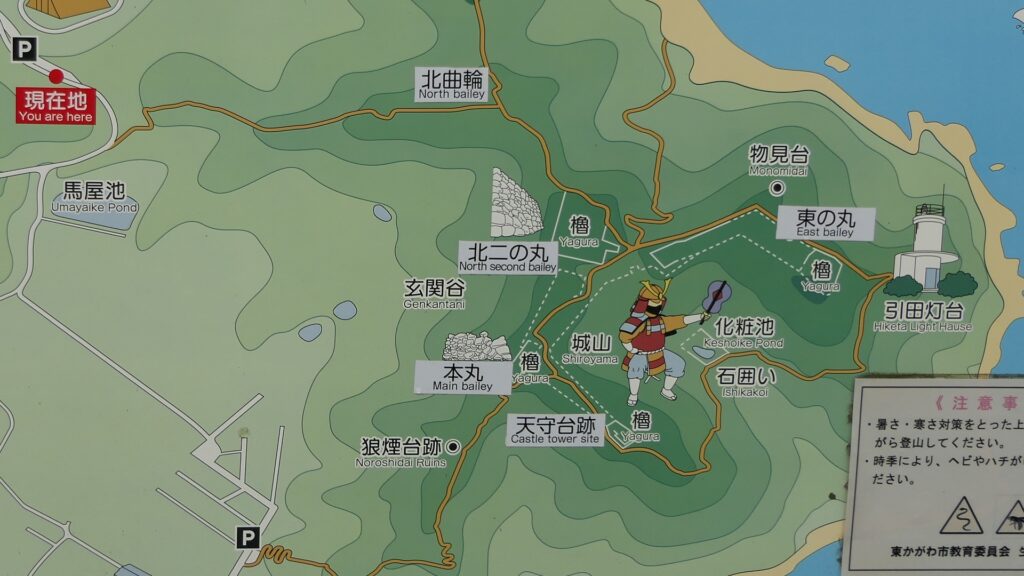
The trail is steep, but the top area is relatively flat. That meant it was a good point for a mountain castle as it was difficult to attack but easy to defend. You will first find the Northern Enclosure which has no stone walls. It was thought that the enclosure remained the same as what it had been before the Ikoma Clan came. However, the clan didn’t use it as their castle.

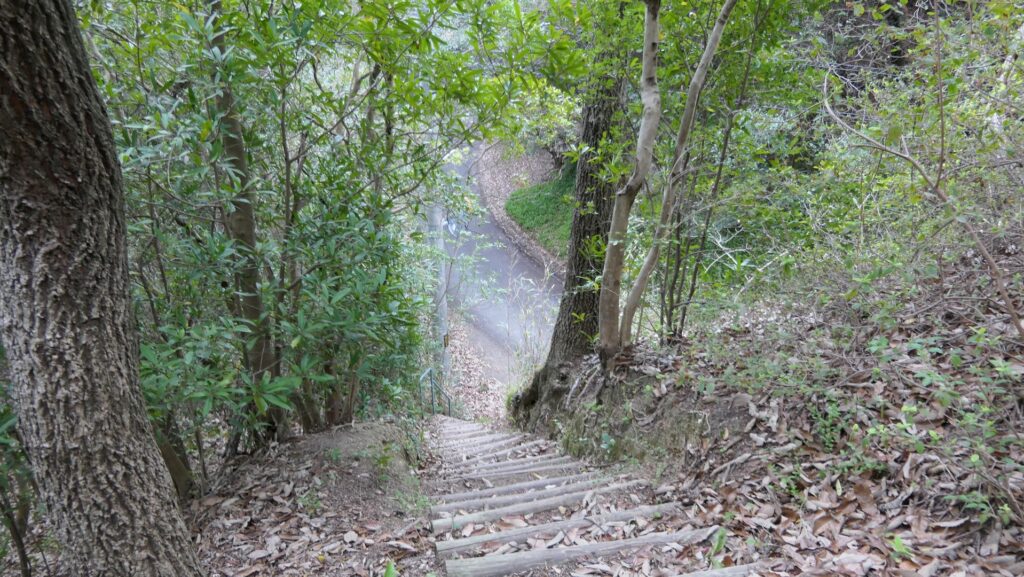
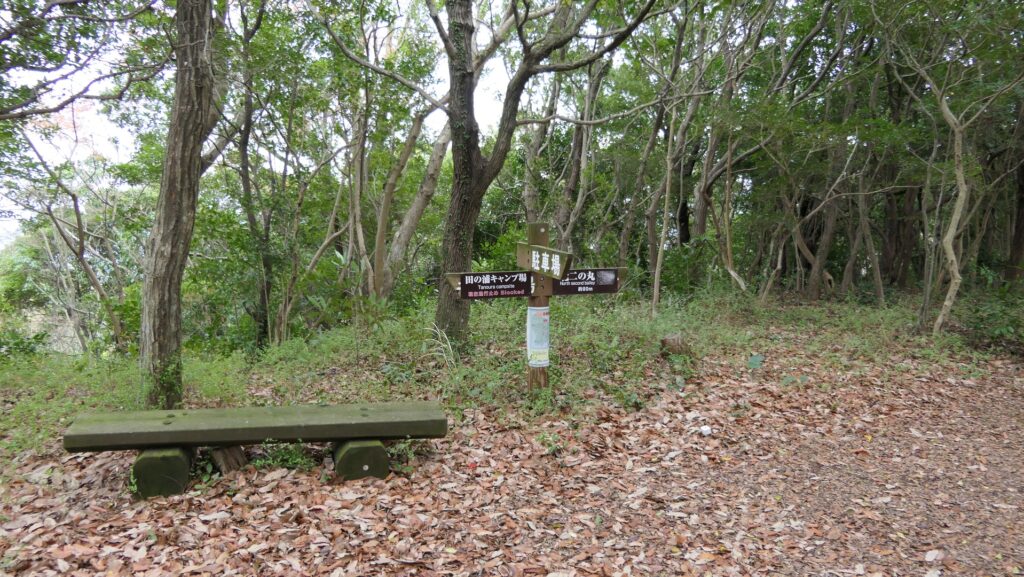
Great stone walls of Northern Second Enclosure
You will now see the apex of the castle, the doubled tier stone walls which surrounded the Northern Second Enclosure. The upper tier is 2 to 3m high and the lower tier is 5 to 6m high. So together, they are almost 10m high in total. Though the upper one is unfortunately covered to prevent it from collapsing, even just seeing the lower one is great.
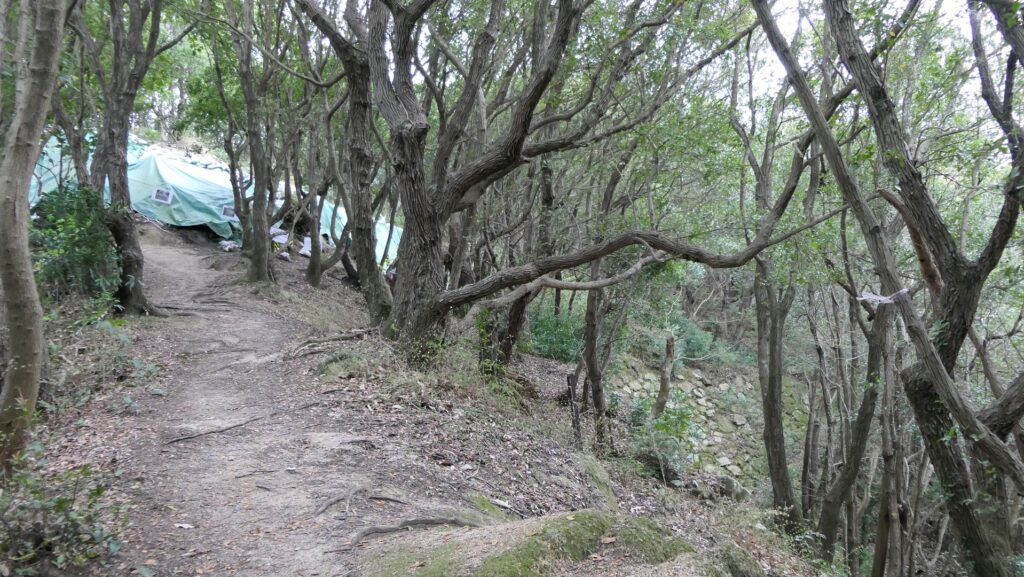
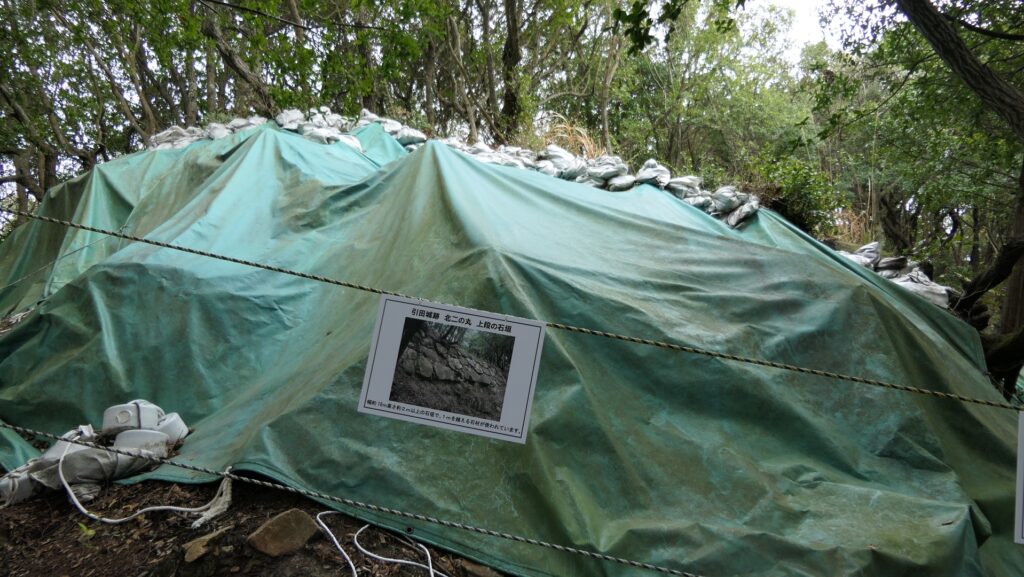
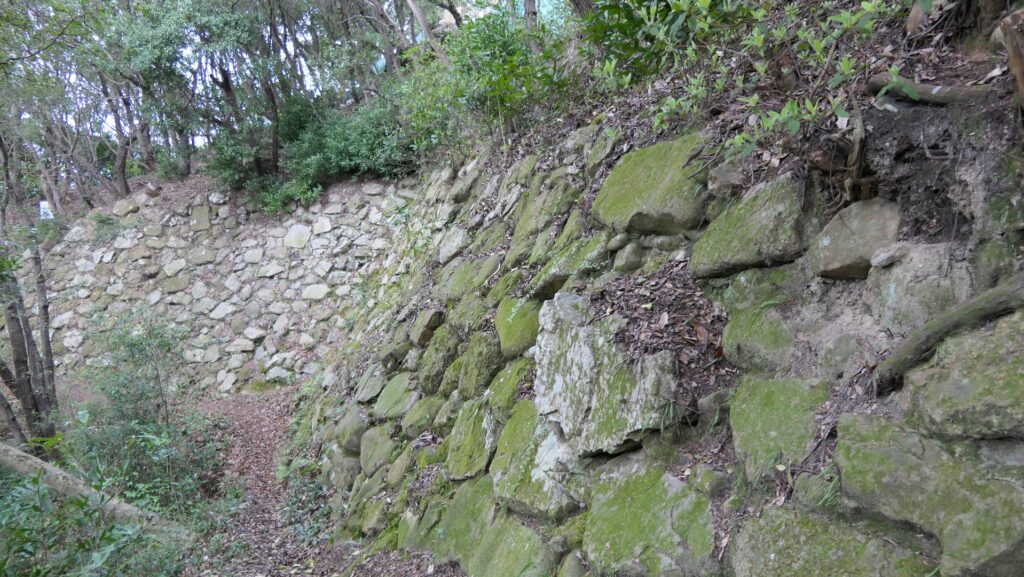
These stone walls are originally form the Ikoma Clan’s period which can’t be seen in other castles like Takamatsu and Marugame Castles. This is because both castles were improved and developed by other lords after the Ikoma Clan. Only the remaining old stone walls at the foot of Marugame Castle might have been built by the Ikoma Clan.

It was said that this enclosure had the Main Hall for the lord and there was the Main Gate under the enclosure. That is the reason why the great stone walls were built to show the authority of the lord to the visitors. Finally, the original Main Route to the Main Gate is not being used now.
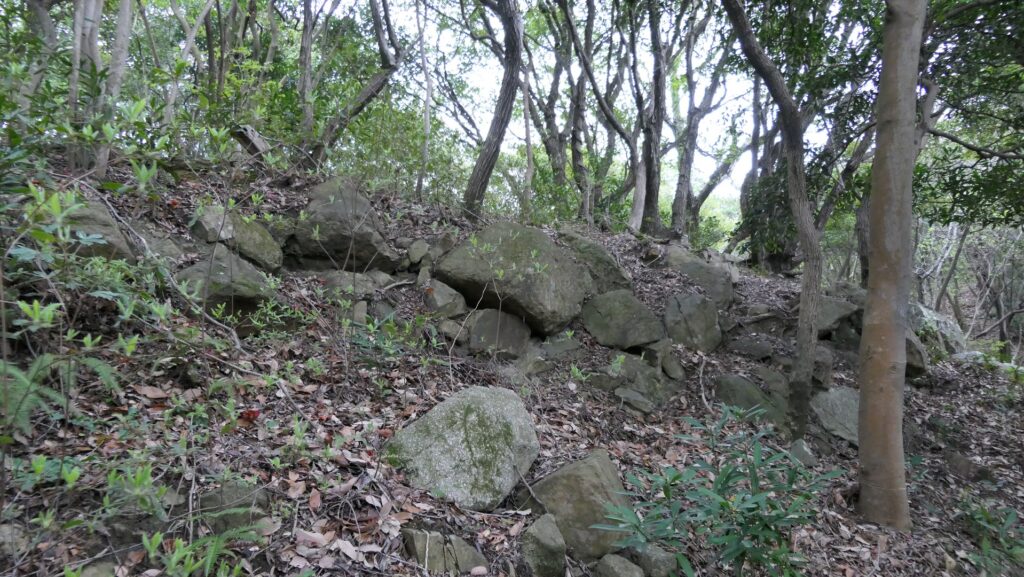
Great view from Main Enclosure
From the Northern Second Enclosure, other enclosures spread into two directions which look like the letter U. One of them is the Main Enclosure in the south. It is long and narrow and faces the Hiketa Port. It also has some remaining stone walls and the ruins of the base for a Main Tower. Therefore, the enclosure would have stood out in the past. You can see a good view of the port and Hiketa town from the enclosure. That meant people in Hiketa would have looked up at the buildings and stone walls clearly in the past.
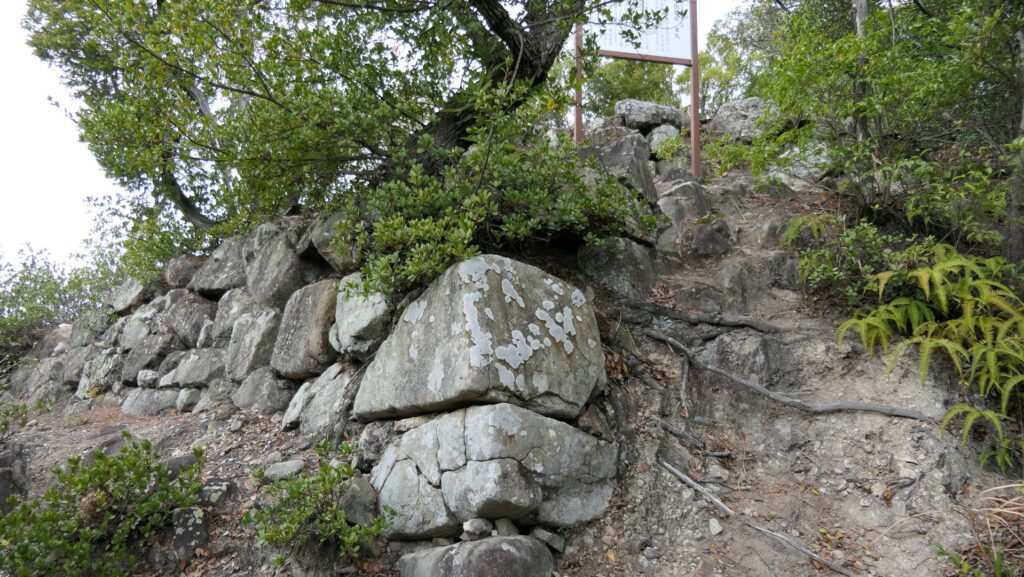

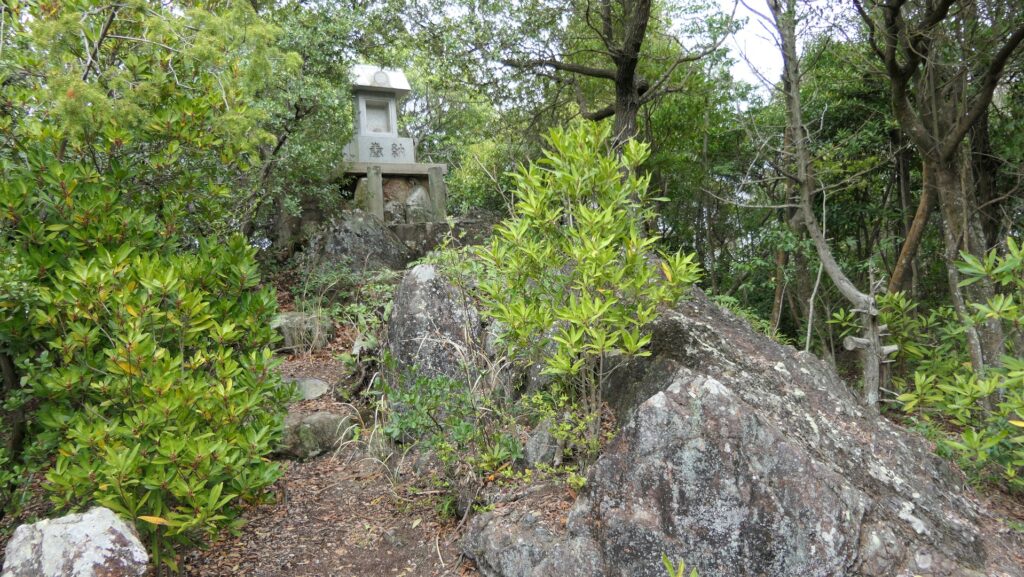
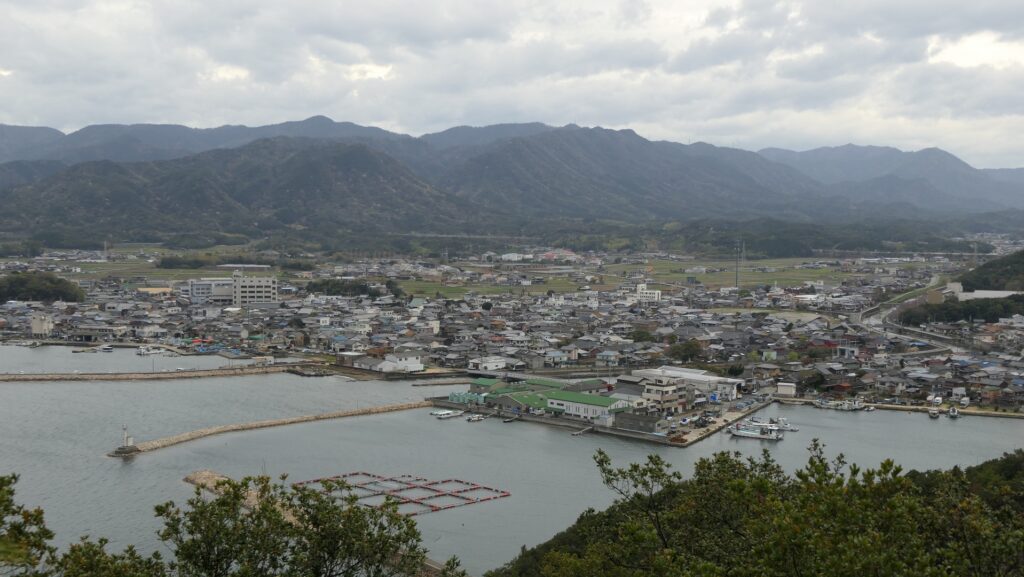
To be continued in “Hiketa Castle Part3”
Back to “Hiketa Castle Part1”

